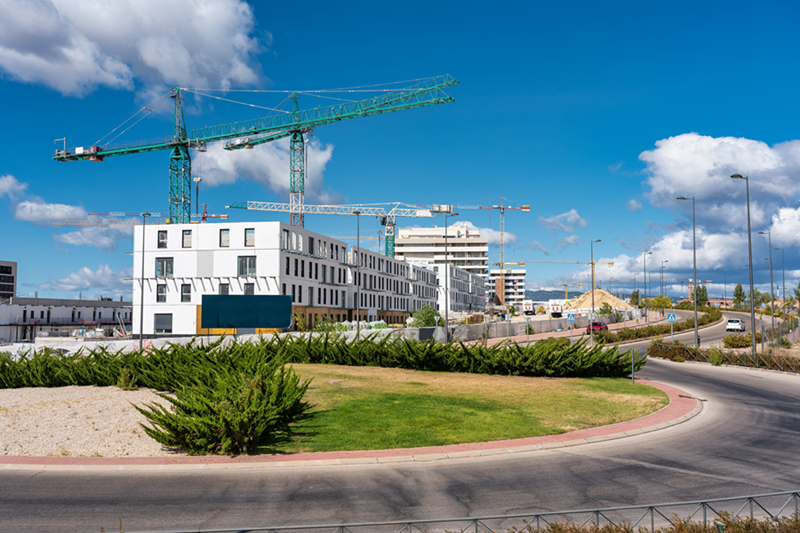Sign In
November 05, 2024
How WSP streamlines Structural Design with the Workflow Automation Application

Engineering a smarter workflow
WSP, one of the world's leading engineering and professional services firms, is known for its extensive engineering, architecture, and environmental consulting expertise. With over 55,000 employees globally and an annual revenue exceeding $8 billion, WSP has completed thousands of impactful projects, including – increasingly demanding and complex – infrastructure development, building design, and environmental assessments.
As WSP continued to take on these demanding and complex projects, the need to streamline processes became more apparent. Managing engineering workflows across different teams and tools is challenging, and the risk of errors and inefficiencies is high due to manual processes. That’s why WSP started automating manual workflows with all kinds of purpose-built applications on the VIKTOR platform, mainly to automate structural engineering processes.
Streamlining modular automation
At first, their goal was to increase productivity, reduce costs, and ensure consistency across specific parts of engineering workflows. However, WSP wanted to see if it was also possible to integrate several modular workflow automations to streamline larger engineering processes. This resulted in the creation of the Workflow Automaton Application (WAA), which is now used to automate and optimize the foundation design process, from pile grid layout to reinforcement analysis.
"It’s highly cumbersome, error-prone, and ultimately undesirable to manually enter information from one model into another multiple times. We prevent this by directly linking the workflows.”
Mark van den Brink
Digital Transformation Lead | WSP
Optimal pile slab design
The first modular application included in the Workflow Automation Application is WSP’s SCIA Pile Grid Designer, which initiates the foundation design process. In this app, structural engineers define the foundation plate’s dimensions and create an initial layout of piles (foundation supports) in a grid. The app uses SCIA's XML file format to store the project model, allowing the user to easily access, adjust, and reuse the setup in future stages or different projects.
Next, the results are passed on to another modular application: the Plate Reinforcement App. This app examines the structural compatibility of the plate and pile configuration, specifically calculating and visualizing moment forces acting on each pile. Through this analysis, engineers can assess if the initial design meets structural requirements. This visual feedback and analytical data are crucial as they enable further refinement by identifying areas that need adjustment.

After these preliminary checks, the WAA iterates over the design using a multi-objective optimization algorithm to find the best balance of cost and material volume. This optimization is represented in a Pareto plot, where the Plate Reinforcement App assists by recalculating and refining configurations to help engineers reach the most efficient design within project constraints.
Standardization for scalability
Each app connected to the Workflow Automation Application is built using standardized XML formats, ensuring consistency and compatibility across different stages of the workflow. This standardization simplifies data exchange between apps, enabling WSP to confidently reuse and combine apps for various projects.
It’s good to note that before linking the tools in WAA, WSP has already proven the reliability of their calculations across several existing projects.
Conclusion
The flexibility of the VIKTOR platform allows WSP engineers to continue developing and integrating new tools into their workflow, whether it’s adding walls to a foundation design or creating entirely new configurations. This evolving library of tools provides engineers with a powerful basis to optimize workflows, ensuring that designs are efficient, cost-effective, and scalable.
Ready to optimize your engineering workflow? Explore the possibilities of structural engineering automation and get started for free on the VIKTOR platform!


